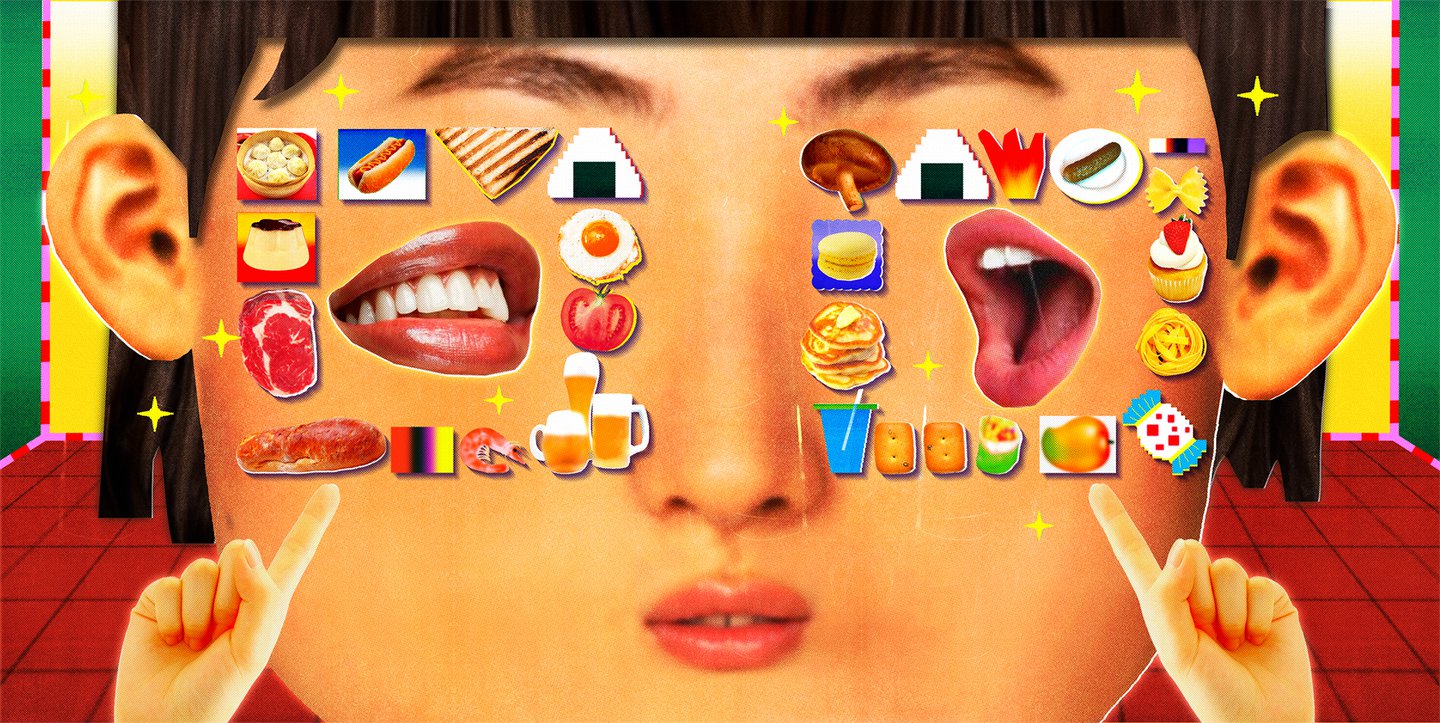For many, eating out is one of life’s greatest pleasures, but it’s never just about the food, is it? A few weeks ago my flatmate posed a question when we were sitting around our table having dinner. “You’re out for a meal. You’ve got food, service and ambiance, one has to completely flop – what are you picking?,” she asked. Obviously not food, right? But imagine eating the best food you’ve ever tasted, but you’re sitting in a sterile white box and the food was practically thrown on your lap. It doesn’t sound too tempting.
While we may not have come to a unanimous conclusion (do these things ever?), the question did raise some interesting points, mainly that ambiance matters – a lot. Many of our memories of great meals were intertwined with how the setting looked and made us feel. The sign that welcomes you in, the menu you hold in your hands, the decorations on the walls, even the website you’ve likely trawled (the day before) to decide what you want; arguably, they all add to – and enhance – the way you taste the food.
Though, right now, it seems we’re at risk of losing this multi-sensory experience. For years, the gentrification and commercialisation of UK cities has been pushing out independent, grassroots eating spaces with unique visual legacies, only to be replaced with cookie-cutter chains that visually rely on the ease of brand recognition as opposed to providing a well-rounded and distinct dining experience. This has only been exacerbated by food design trends that put homogeneity, minimalism, and ‘refined’ design above all else. It begs the question, could these changes not just be ruining our high streets, but the very way we taste and enjoy food?

